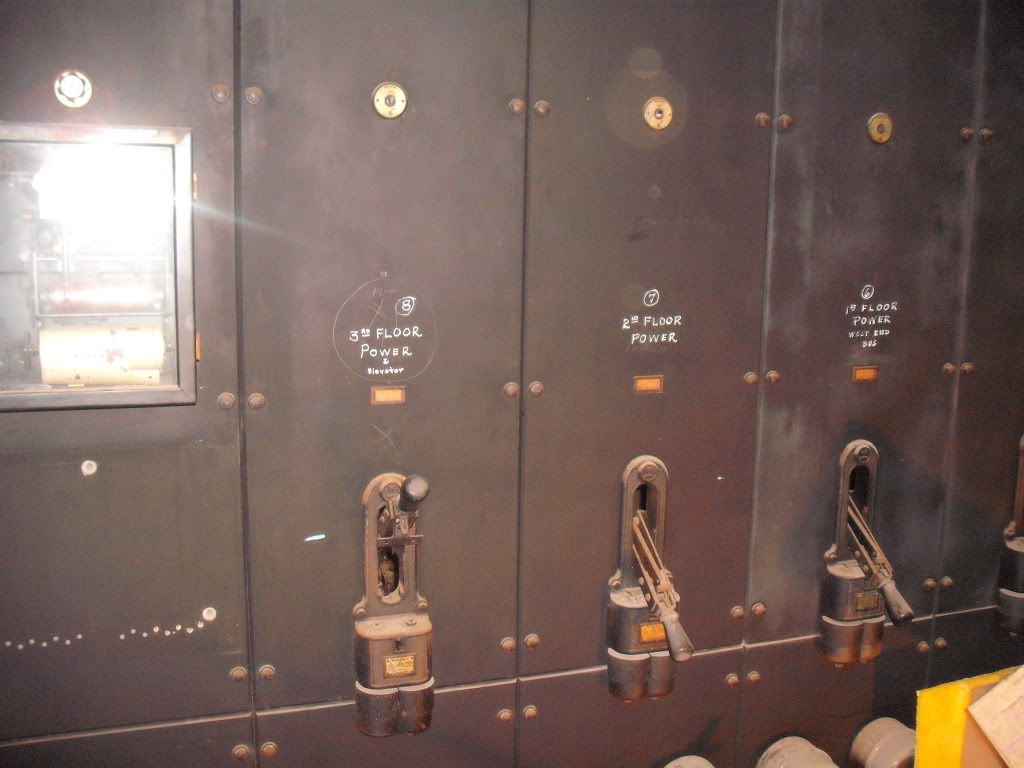Hi,
I'm new to the forum, and have spend some time reading old threads and have picked up some things relevant to my projects. Thanks guys!
One topic I did not see discussed is the subject of life expectancy of distribution gear.
I have a client with a community recreation center, built in 1978. The project involves installation of a permanent standby generator. The electrical room is in great shape for a building of this vintage. Downstream of the meter we have a splitter and then a row of ten or so fuseable switches, (I think Federal Pioneer, which feed various panels and equipment scattered around the building.
All the gear on the surface looks in great shape, and there are no reports of existing problems.
I discussed this with my distributor and he recommends replacing all the switches with an integrated PDC, simply because of the age of the gear. His argument is that over time the thermal cycling degrades the fuseholders leading to eventual failure. I welcome any comments or references to support this claim.
The PDC is certainly a cleaner solution, and will free up space for the transfer switch. The quote on the gear is $5K. Also, the local inspector is insisting on proper safety labels for all commercial projects so I will arrange an Arc Flash + coordination review. I expect the new gear to have better max fault current ratings (I understand also some downside if the breakers are slower than the old fuses). The clients budget for the project will support this upgrade.
Need a second opinion! Rip out the old stuff or keep it?
I'm new to the forum, and have spend some time reading old threads and have picked up some things relevant to my projects. Thanks guys!
One topic I did not see discussed is the subject of life expectancy of distribution gear.
I have a client with a community recreation center, built in 1978. The project involves installation of a permanent standby generator. The electrical room is in great shape for a building of this vintage. Downstream of the meter we have a splitter and then a row of ten or so fuseable switches, (I think Federal Pioneer, which feed various panels and equipment scattered around the building.
All the gear on the surface looks in great shape, and there are no reports of existing problems.
I discussed this with my distributor and he recommends replacing all the switches with an integrated PDC, simply because of the age of the gear. His argument is that over time the thermal cycling degrades the fuseholders leading to eventual failure. I welcome any comments or references to support this claim.
The PDC is certainly a cleaner solution, and will free up space for the transfer switch. The quote on the gear is $5K. Also, the local inspector is insisting on proper safety labels for all commercial projects so I will arrange an Arc Flash + coordination review. I expect the new gear to have better max fault current ratings (I understand also some downside if the breakers are slower than the old fuses). The clients budget for the project will support this upgrade.
Need a second opinion! Rip out the old stuff or keep it?


